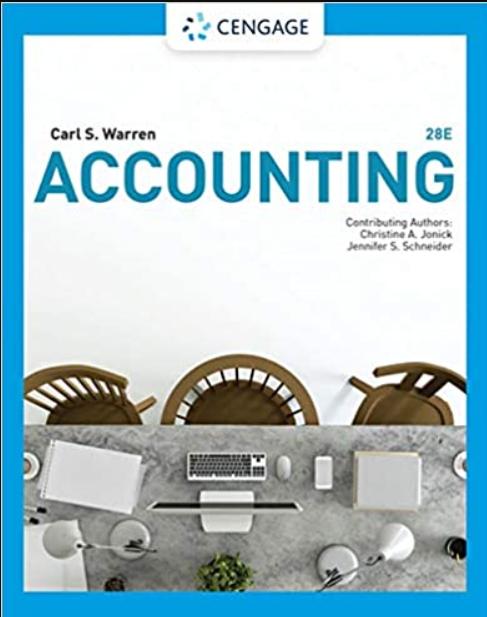Question
The Atlantic Company is a multidivisional company. Its managers have full responsibility for profits and complete autonomy to accept or reject transfers from other divisions.
The Atlantic Company is a multidivisional company. Its managers have full responsibility for profits and complete autonomy to accept or reject transfers from other divisions. Division A produces a sub-assembly part for which there is a competitive market. Division B currently uses this sub-assembly for a final product that is sold outside at $2,350. Division A charges division B market price for the part, which is $1,350 per unit. Variable costs are $1,020 and $1,150 for divisions A and B, respectively.
The manager of division B feels that division A should transfer the part at a lower price than market because, at market, division B is unable to make a profit.
1
Compare the contribution margins under three different alternatives. Assume that division A can sell in the open market only 450 of the 900 units it can produce every month, at $1,350 per unit. Assume also that a 20% reduction in price is necessary to sell all 900 units each month. Assume transfers are made and the price is maintained.
Alternatives Contribution Margin
Maintain price and no transfers = $
Cut price and no transfers= $
Maintain price and transfers= $
Should transfers be made?
If so, how many units should the division transfer and at what price?
Units transferred_____ units
Price within the range ____$ to _____$
Step by Step Solution
There are 3 Steps involved in it
Step: 1

Get Instant Access to Expert-Tailored Solutions
See step-by-step solutions with expert insights and AI powered tools for academic success
Step: 2

Step: 3

Ace Your Homework with AI
Get the answers you need in no time with our AI-driven, step-by-step assistance
Get Started


